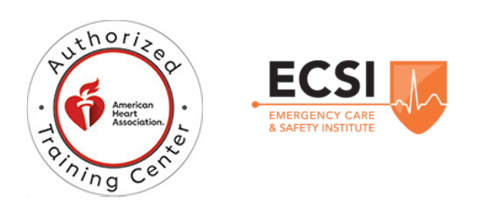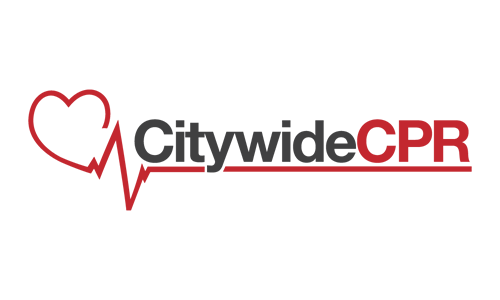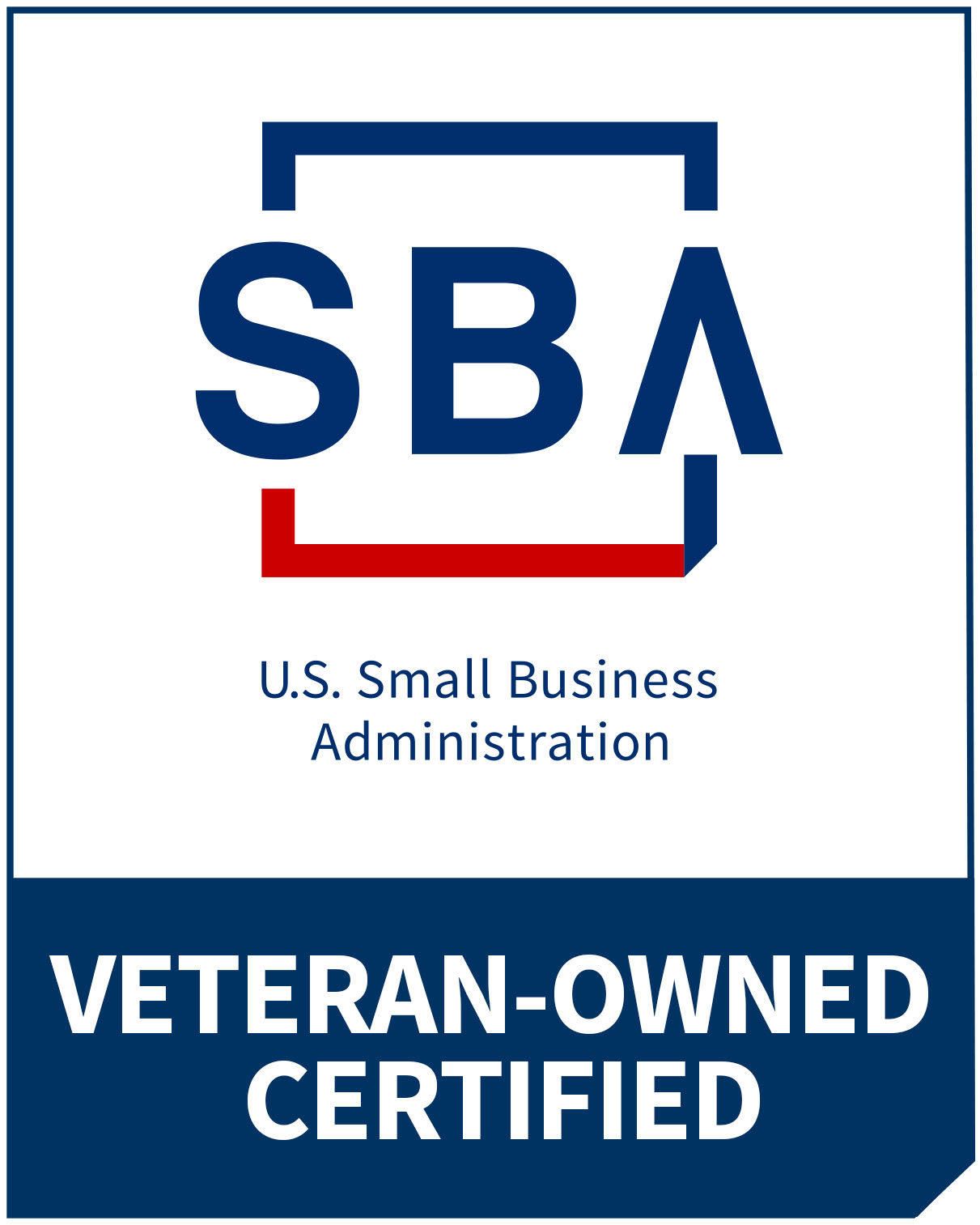Incidents of sudden cardiac arrest (SCA) occur when you least expect them. This makes having an Automated External Defibrillator (AED) a necessity in areas where people converge in large numbers such as company premises. Along with this, an AED Management Program will also be a must. Being responsible for the lives of your employees would mean providing the necessary medical equipment which would save their lives when SCA strikes.
There are a lot of companies that could offer a sturdy and reliable AED. These companies have been dedicating their time and effort in making sure that business establishments would always have an AED within reach. They have also AED Management Programs that help the employees of companies handle an AED.
An AED Management Program involves different processes, with the goal of readying company personnel in making use of the AED during an emergency. Aside from ensuring that employees know how to use one, effective programs would also include instructions on the proper care and maintenance of AED.
In the workplace, AED management is a must especially if the members of the workforce are already getting old. Personnel aged 40 and above are at the risk of suffering from SCA, hence an AED must be made available in areas where they are located. On the other hand, having a workforce comprised of younger employees will not be a ground for not securing an AED. There have been many cases where those in their twenties suffer from SCA as they have already been predisposed to such due to their genes. In some cases, the super unhealthy lifestyle of such individuals also makes them at risk for a cardiac arrest.
How to Look for the Right AED Management Program
One thing that you need to remember when looking for a good AED Management Program is to make sure of the integrity and the trustworthiness of the company offering it. This can be ascertained by checking out the number of companies that it serves, as well as the efficacy of their training programs. The number of years that it has been providing such a program is also noteworthy to check, albeit, this does not necessarily follow that they are already reliable.
If you have received an honest referral, then it might be good to check out the company being referred. You might as well scrutinize the inclusions in the program that they are offering vis-à-vis the cost and the company’s experience.
Having an AED Management Program will certainly prove beneficial for your company. It will not only save the lives of your employees, but in the process, it will help you earn the respect and loyalty of your employees.





